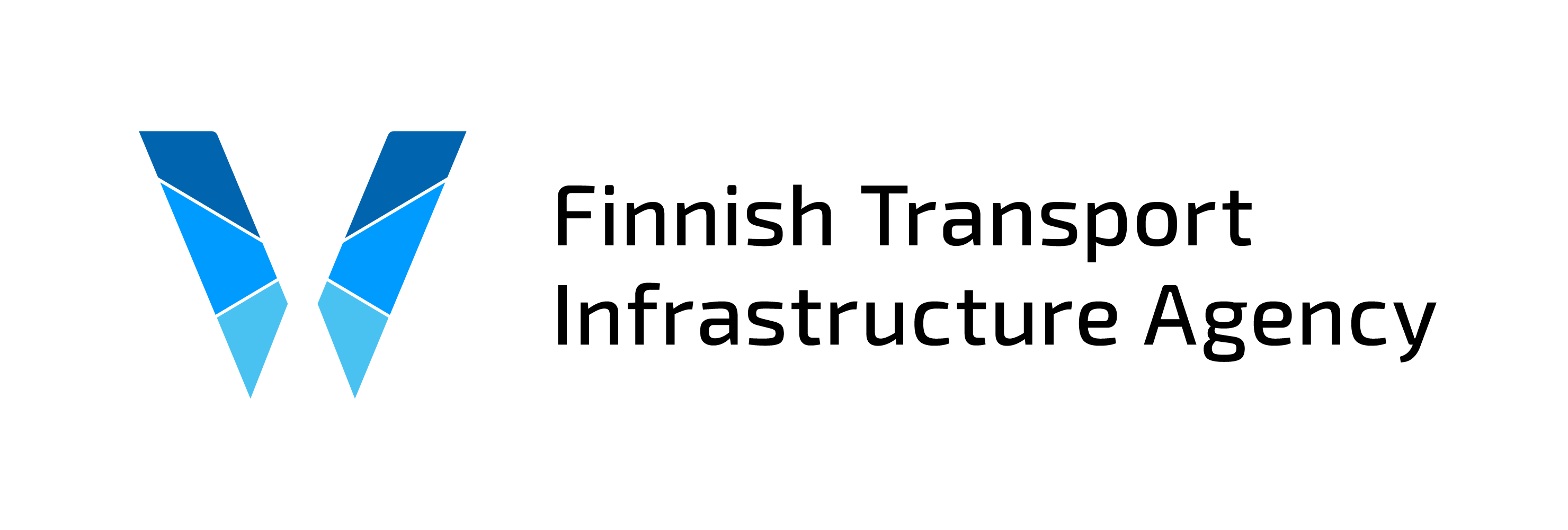– continued collaboration between the Finnish Transport Agency and VR Track Ltd in the railway project Lielahti–Kokemäki
31.5.2012 The Finnish Transport Agency will implement the project alliance model for the renovation of the Lielahti–Kokemäki railway. Project alliancing means that the owner participant (the Finnish Transport Agency) and the service providers (planners and contractors) form a collaborating group, an alliance, with joint responsibility for the planning and implementation of the project. The implementation stage of the Lielahti–Kokemäki project will begin on 1 June.
The implementation phase was preceded by the project development phase comprising e.g. the planning, definition of the work content, project schedule and target cost estimate. The development phase ended with the Finnish Transport Agency's decision to proceed to the implementation phase.
In the implementation phase the alliance, i.e. the Finnish Transport Agency and VR Track, continue the planning of the renovation on the railway section Lielahti–Kokemäki. The railway planning was started in autumn 2011. The development measures in the planning phase aim to improve the level of service and traffic safety in the freight and passenger traffic on the railway section. The work to improve the present characteristics cannot be started until the railway plans have been approved and the financing decision has been made.
The construction work will also begin along with the railway renovation, which resembles maintenance work, starting in June 2012. This work will maintain the railway in trafficable condition and reduce its maintenance costs.
The length of the railway section to be improved is about 90 km. At 2012 prices, the cost estimate of the project is 95 million euros. In addition, the railway will be strengthened in order to enable a 25-tonne axle load at the cost of approx. 9 million euros. The improvement work will be completed in 2015.
The project alliance model is a method for cooperative implementation
In the project alliance model, contractual structures are used to ensure that the common goals are reached. The parties share all risks and benefits in connection with the project and share information about the contract and related costs more actively and openly than in the usual implementation models.
By implementing the project alliance model, the Finnish Transport Agency aims at:
- improving the construction productivity;
- making the culture in the construction industry more open and based on mutual trust;
- producing a final product of higher quality while saving time and money;
- promoting innovation and know-how.
The Lielahti–Kokemäki project is the first alliance project piloted by the Finnish Transport Agency. The Tampere tunnel project is another Finnish alliance project that is currently underway. The project alliance model has been used successfully in hundreds of projects in Australia and New Zealand.
